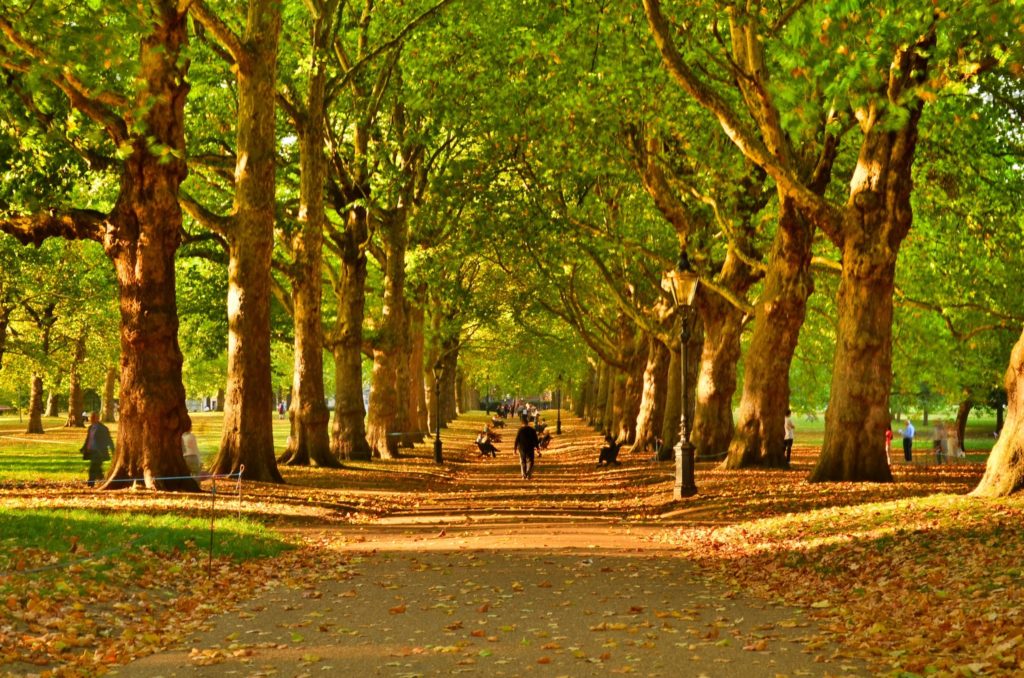Supertrawlers spent 2963 hours fishing in UK Marine Protected Areas in 2019

A Greenpeace investigation has revealed that supertrawlers spent 2963 hours fishing in UK Marine Protected Areas (MPAs) in 2019, the equivalent of 123 days. Supertrawlers are freezer trawlers over 100m in length. They can catch hundreds of tonnes of fish every day using nets up to a mile long.
25 supertrawlers were active in UK waters in 2019 [1] and spent time fishing in 39 UK MPAs [2]. None of the supertrawlers active in UK waters in 2019 are UK owned. All were operating legally. Greenpeace has today [11.06.2020] launched a petition urging the UK government to ban supertrawlers, which are not compatible with properly protected marine areas, from fishing in MPAs.
The 39 MPAs affected by supertrawler operations in 2019 are all in offshore waters (beyond 12 nautical miles from the coast). They protect important marine ecosystems and species, including porpoises and reefs. One of the areas most heavily fished in by supertrawlers in 2019 was the Southern North Sea (east coast of England), created to safeguard porpoises which are particularly threatened by supertrawlers. 1105 porpoises died in fishing nets in 2019 [3].
Chris Thorne, Oceans Campaigner at Greenpeace UK, said:
“Our government allowing destructive supertrawlers to fish for thousands of hours every year in Marine Protected Areas makes a mockery of the word ‘protected’. Even an hour of supertrawler activity inside an ecologically sensitive marine environment is too much, let alone almost 3000.
“For our government to be taken seriously as a leader in marine protection, it must ban supertrawler operations in the UK’s Marine Protected Areas. Will our government heed the recommendations of the Highly Protected Marine Area review and seize the historic opportunity Brexit provides to fix the UK’s broken network of Marine Protected Areas, or will it allow the flawed status quo to continue?”
The worst affected MPAs in 2019 were the Wyville Thomson Ridge (off the Shetlands), Geikie Slide and Hebridean Slope (off the Hebrides), Offshore Overfalls (south coast), Faroe-Shetland Sponge Belt (off the Shetlands), Darwin Mounds (off the Hebrides) and Southern North Sea (east of England).
The EU supertrawlers that spent the most time fishing in MPAs were the Willem van der Zwan, Maartje Theodora, Annelies Ilena and the Margiris, the 4 biggest supertrawlers on earth. The Wyville Thomson Ridge was overwhelmingly the worst affected MPA because of the concentration of the Russian supertrawler fleet’s activity here.
15 of the supertrawlers operating in UK waters are Russian owned. Nine are Dutch owned and one is Polish owned. One of the supertrawlers active in UK waters is UK flagged, the Frank Bonefaas, but under Dutch ownership.
Greenpeace investigators used AIS tracking data from the Lloyds Register for all fishing boats over 100m to assess the amount of time all trawlers over 100m spent fishing in UK MPAs. AIS tracking data is available on request.
Banning supertrawlers from fishing in MPAs would be a first step towards designating a network of Highly Protected Marine Areas (HPMAs), as recommended in the Highly Protected Marine Areas review. The government must now ensure that the recommendations of the review become a reality, and grow in ambition to ensure that at least 30% of the UK’s waters, and 30% of the world’s oceans, are fully protected by 2030, a scientifically agreed target backed by the UK government.




